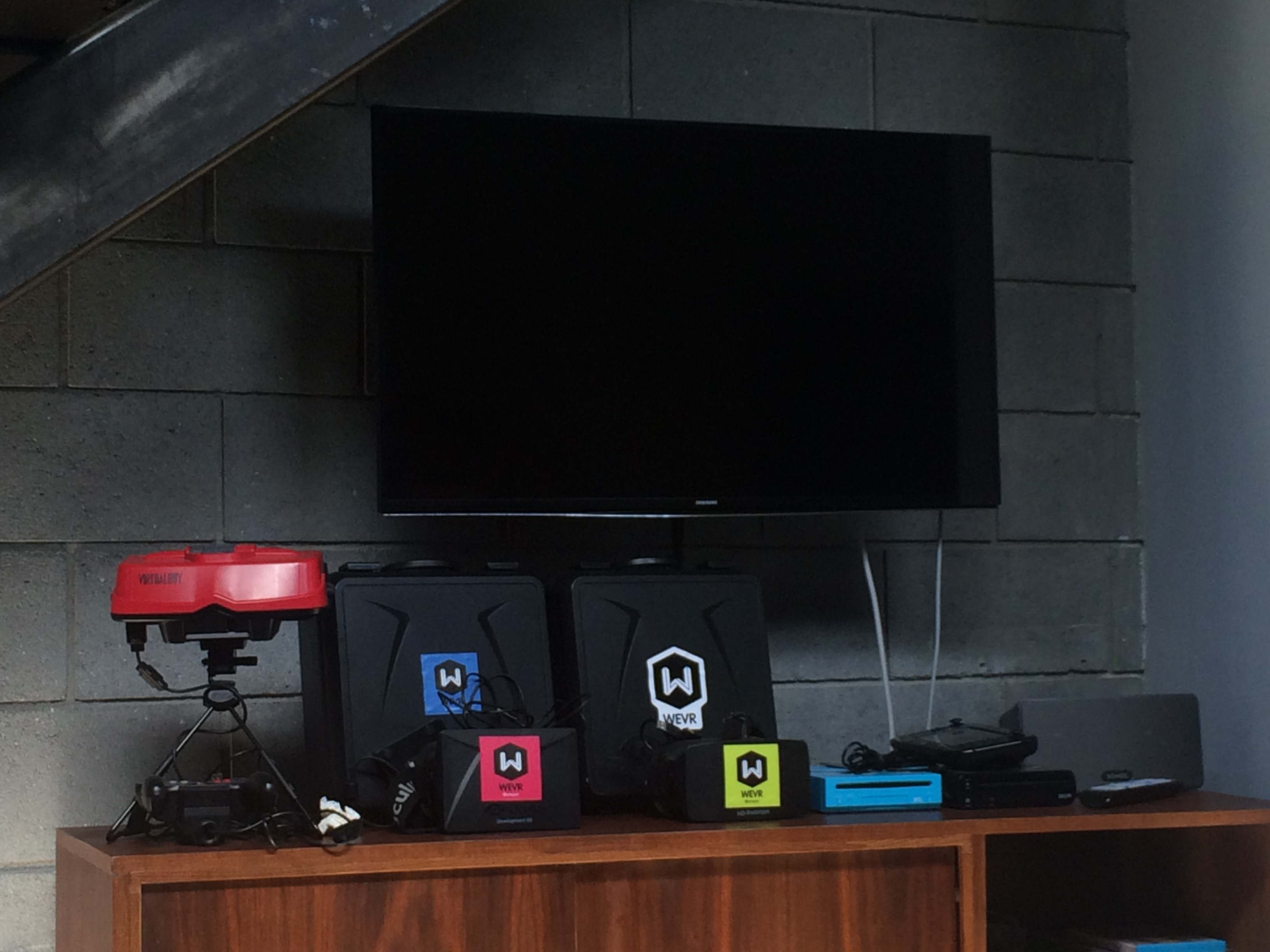Your guide to tech-driven changes in the media landscape by IPG Media Lab. A fast read for you and a forward for your clients and team.
• New Samsung Gear VR, the VR product with broadest consumer potential, in time for Christmas this year
• Oculus Arcade, Video, Touch, Platform, and Minecraft all coming soon and with lots of partners
• Get ready for commerce, interactivity with haptics, social experiences, and many experiments
What Oculus Announced
On Thursday at its second annual developer conference, virtual reality leader Oculus announced new partnerships across hardware, software, and content as well as updating ship dates for all but its signature product, the Oculus Rift. At the keynote, Mark Zuckerberg talked about how he and Facebook see virtual reality as the next big medium in the evolution of communication, even though we are essentially just getting started on video.
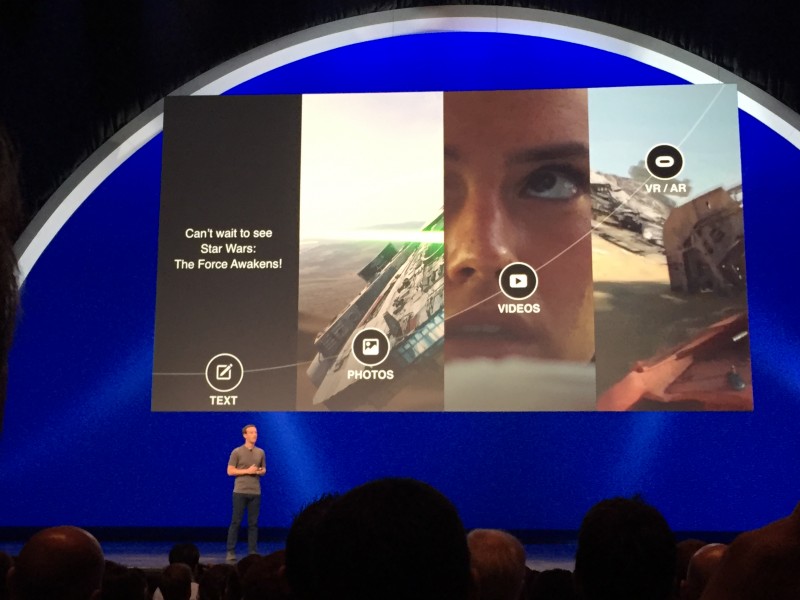 Then, Oculus CEO Brendan Iribe, Samsung’s Peter Koo, and others from the Oculus team explained their roadmap for the next 12 months:
Then, Oculus CEO Brendan Iribe, Samsung’s Peter Koo, and others from the Oculus team explained their roadmap for the next 12 months:
- Oculus Arcade, which will launch with dozens of games including Gunjack and Land’s End, from Monument Valley studio ustwo; and Oculus Video, with major studio and content partners including Netflix, Twitch, 20th Century Fox, Lionsgate, Vimeo, and Hulu.
- A consumer version of Samsung Gear VR, launching before Black Friday, for $99 and compatible with all 2015 Samsung phones. We think the key to consumer adoption is to power VR through the smartphone and the price point and timing announced at the keynote were big crowd pleasers.
- Minecraft, the enormously popular 3D sandbox game now owned by Microsoft, is coming to Oculus in Spring 2016.
- Hardware partners Asus, Dell, and Alienware will all ship Oculus Rift-ready desktop PCs next year for under $1,000, in time for the Oculus Rift launch in Q1.
- No new information around price or timing for the consumer version of the Oculus Rift. Their signature product is still coming “Q1 2016.”
- Oculus Touch, the handheld controllers that make interacting with a VR world possible, will launch in Q2 next year. We tried these in the Toybox demo and in Epic’s VR game Bullet Train, with great success. They make interactivity in VR real, both as a personal and as a shared experience with someone else, anywhere in the world.
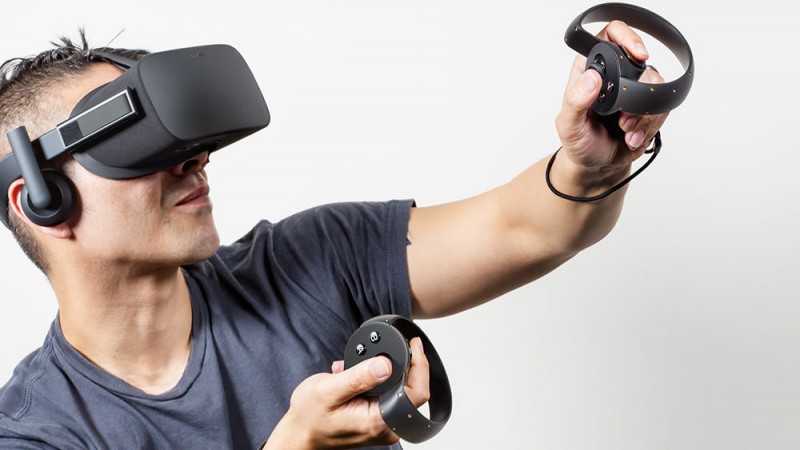
What Brands Need to Do
We came away from the event with a much deeper understanding of the timeframes around the virtual reality industry and market. We expect that strong consumer adoption is still a few years away, though the types of experiences that are possible now are extremely impressive. There are two main paths to a successful VR experience now. The first is an immersive, powerful experience developed for an event where dozens or hundreds get to share the experience but the point is PR value. The second is a mobile-based experience driven through Cardboard or Samsung Gear VR in which greater scale is the goal. Either way, virtual reality is as Mark Zuckerberg said the next big communications and storytelling medium. Connecting with your customers and fans with the right VR experience can cement the relationship in a way never-before possible and in a way that’s impossible to understand without experiencing. The Media Lab can help strategize as well as connect you with the right partners to make a vision reality.
• Auto brands can create virtual test drives that jump from the mundane traffic near a dealership to s-curves in the Alps. For example, Lexus created a fully immersive driving simulator to promote the 2015 RC F Sports coupe, complete with racing seat, pedals, and steering wheel. They showed the setup off at multiple events. With a different take, Chrysler put together a virtual tour of the Chrysler 200 factory. The 30-second video, available on laptop and mobile devices, takes viewers through the five million square foot factory.
• Education brands can connect students with teachers or visualizations in seemingly impossible ways. For example, Google built a virtual field trip product called Google Expeditions, which uses Google Cardboard and any smartphone. Google says that “now, teachers can choose from a library of 100+ virtual trips to places like Mars, the Great Barrier Reef and the Great Wall of China.”
• Entertainment brands have unlimited possibilities, from exploring side-stories and changing perspective to interactive experiences that make the viewer part of the story. For example, HBO created an installation centered around the Oculus Rift for Game of Thrones fans. The experience gave users the feeling they were scaling the 300 vertical feet of ice known as The Wall in the show.
• Fashion brands can strut their stuff in a variety of new ways. For example, Elle magazine created an experience for a 7 For All Mankind’s fashion show in February. Greatly expanding the possibility of feeling like you’re in the front row for the show beyond a select few, the experience was distributed a few weeks after the show. Rebecca Minkoff also distributed a look at their Fall 2015 runway show, designed for Google Cardboard. They even sold a branded Cardboard unit through their website for $24.
• Healthcare brands can train practitioners, help patients in new way, and more. For example, USC’s Bravemind helps assess and treat PTSD through exposure therapy and they created another project that helps amputees rehabilitate.
• Retailers can finally create the shopping experience of Alicia Silverstone’s dreams. For example, The Line worked with SapientNitro to develop a virtual tour of their flagship store in Manhattan, designed for Samsung Gear VR. Viewers navigate the store by locking their gaze on “hotspots” designated by a diamond icon, then can complete a purchase with a tap on the headset.
• Travel brands can tease potential visitors with a sense of presence that can only be beat by booking a flight. For example, Marriott tapped Media Lab partner Framestore to “teleport” users to virtual vacations in Hawaii and London last year and expanded to Chile, China, and Rwanda this year. Marriott referred to the experience as “destination sampling.” They set up events around the US for visitors to try the experience.
In the meantime, Facebook also announced that 360 video is already available in News Feed, with Star Wars, Discovery Channel, and Vice early partners. Content developed for an immersive VR experience can now be viewed by everyone on Facebook, though on a flat screen. This is a great way to get additional scale and capitalize on press before your entire audience or customer base has access to a full VR experience.
How We Can Help
Please contact Engagement Director Samantha Holland ([email protected]) at the IPG Media Lab if you would like more detail or to schedule a visit to the Lab to discuss strategies and tactics around developing VR experiences. The Lab also currently has VR headsets— Oculus Rift and Samsung Gear VR—ready for demo in the Lab. Virtual reality is something that has to be experienced to be understood. So come by the Lab and get a VR demo to see just how engaging it can be, and understand why consumers would be excited by this technology.
For previous editions of Fast Forward, please visit ipglab.com. Please reply with any constructive criticism or feedback. We want these to be as useful as possible for you and your clients, and your feedback will help us immensely.
All images included in this post are promotional images courtesy of Facebook/Oculus
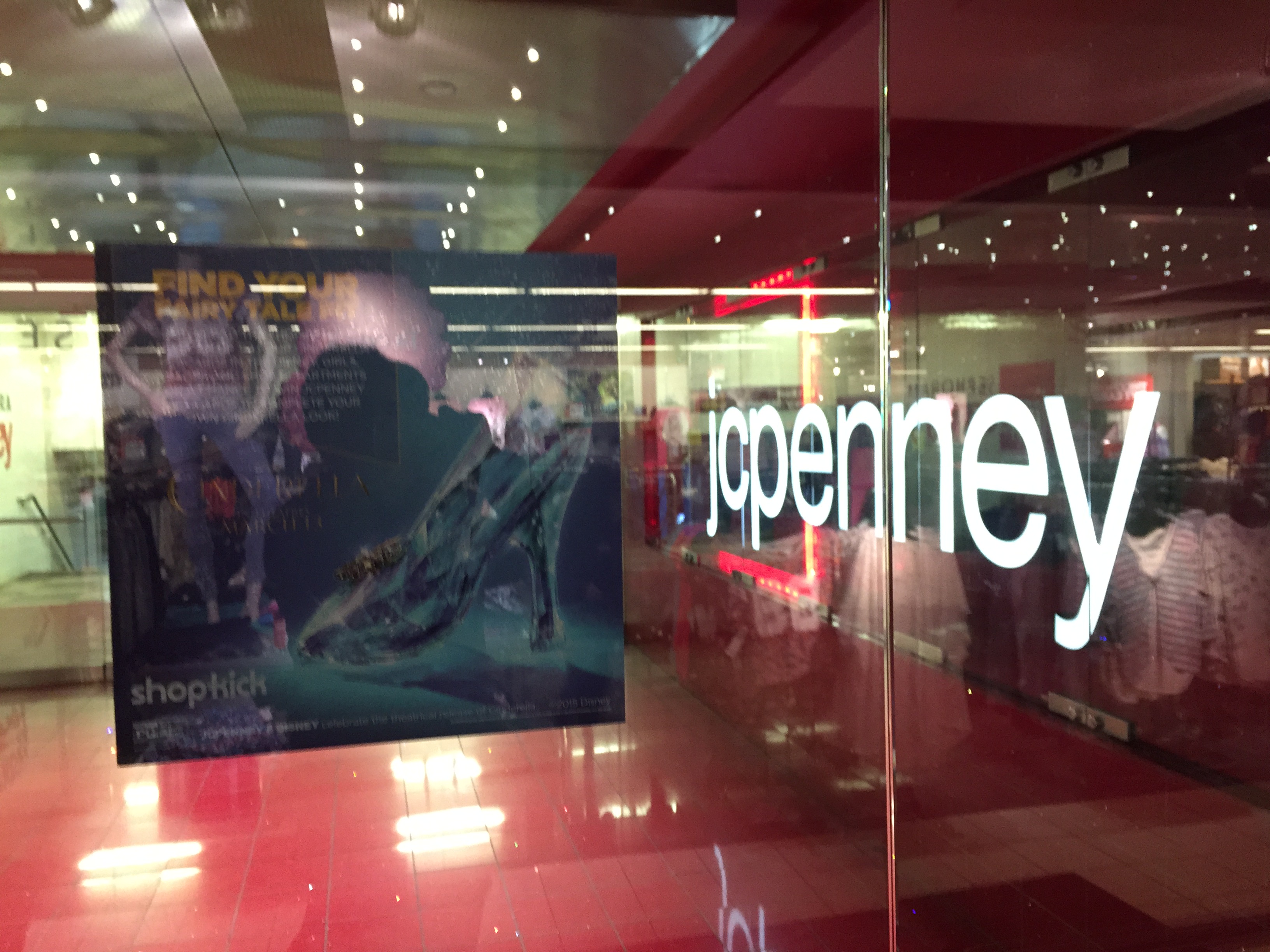
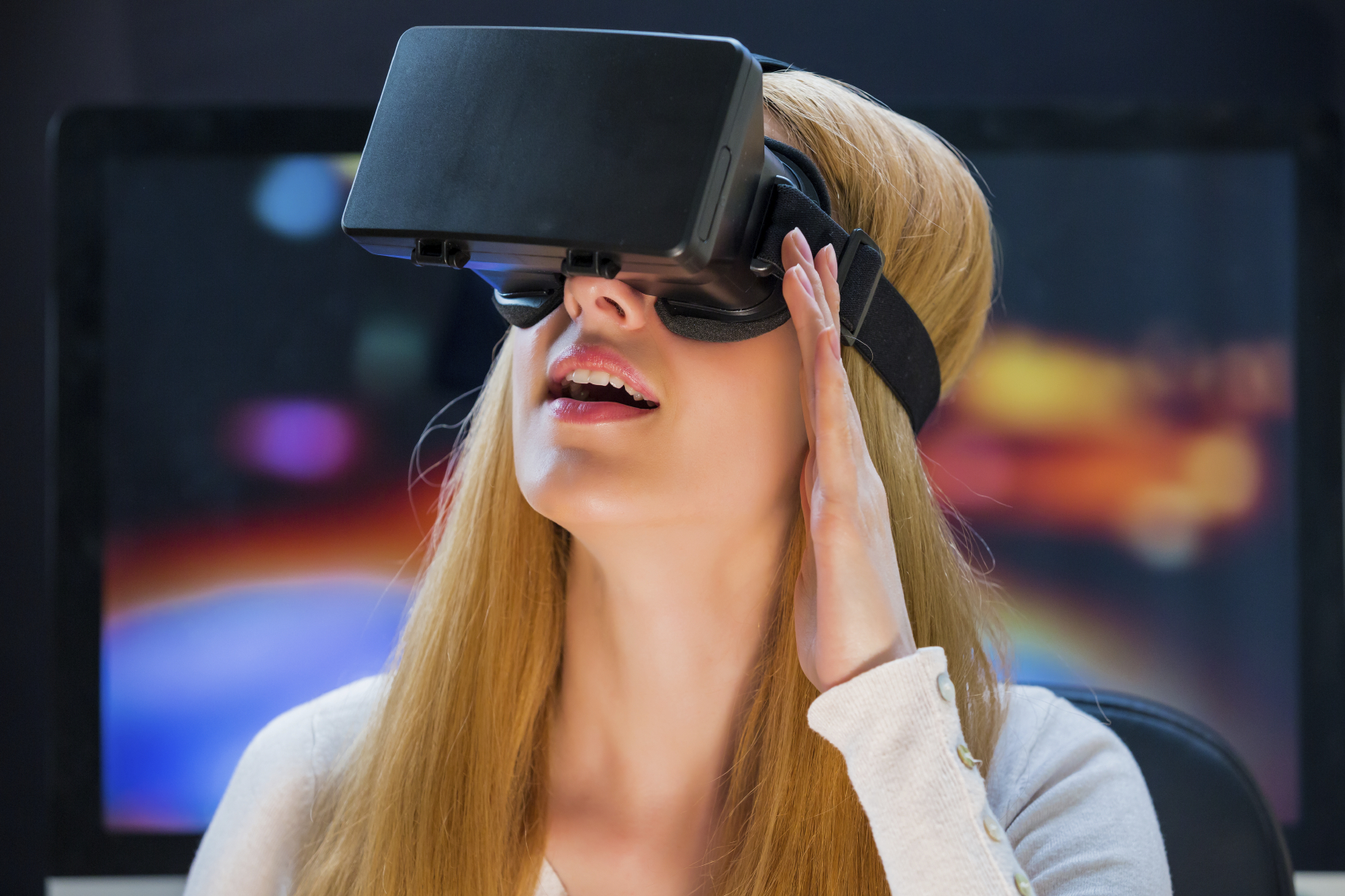
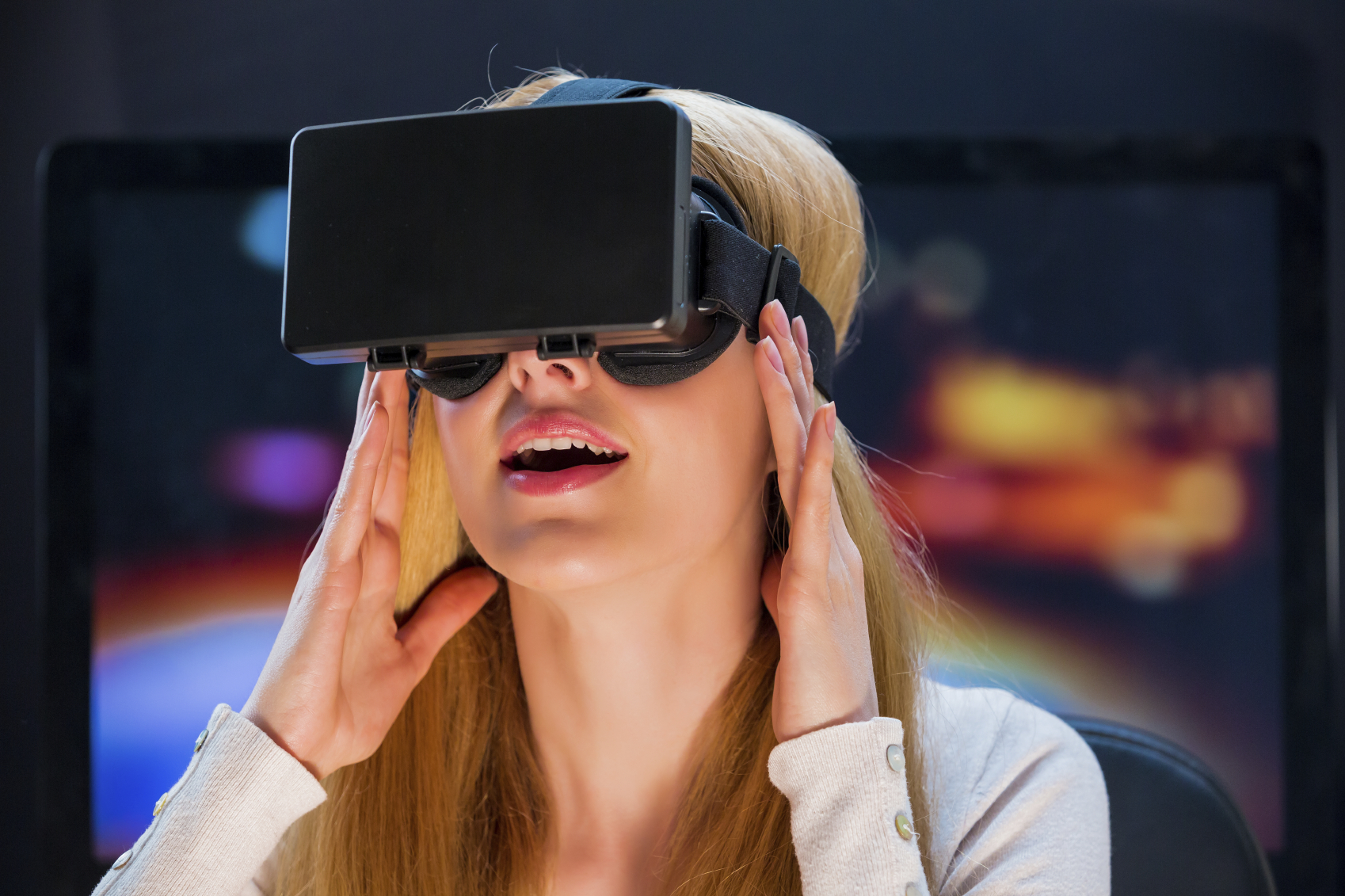
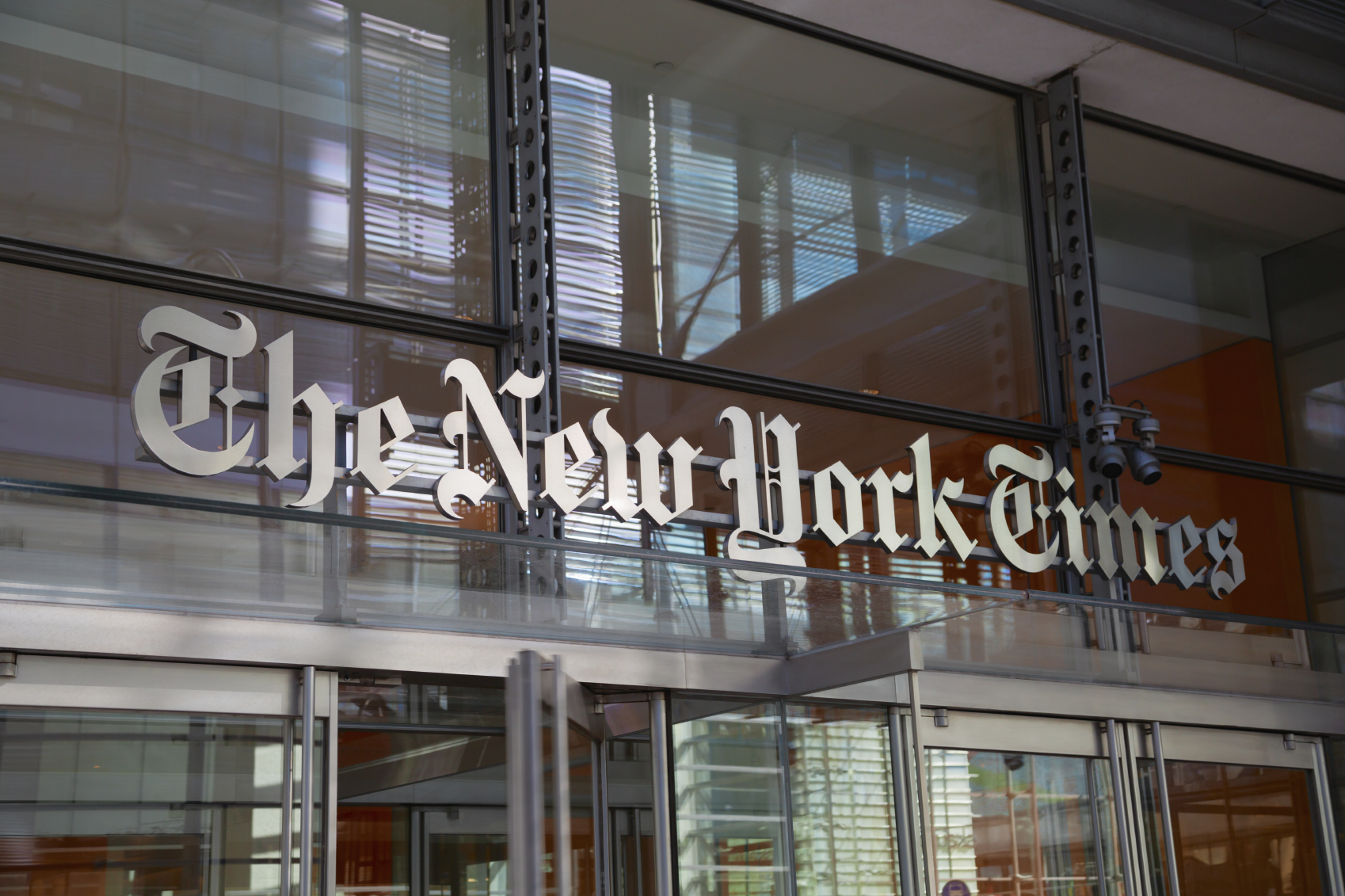
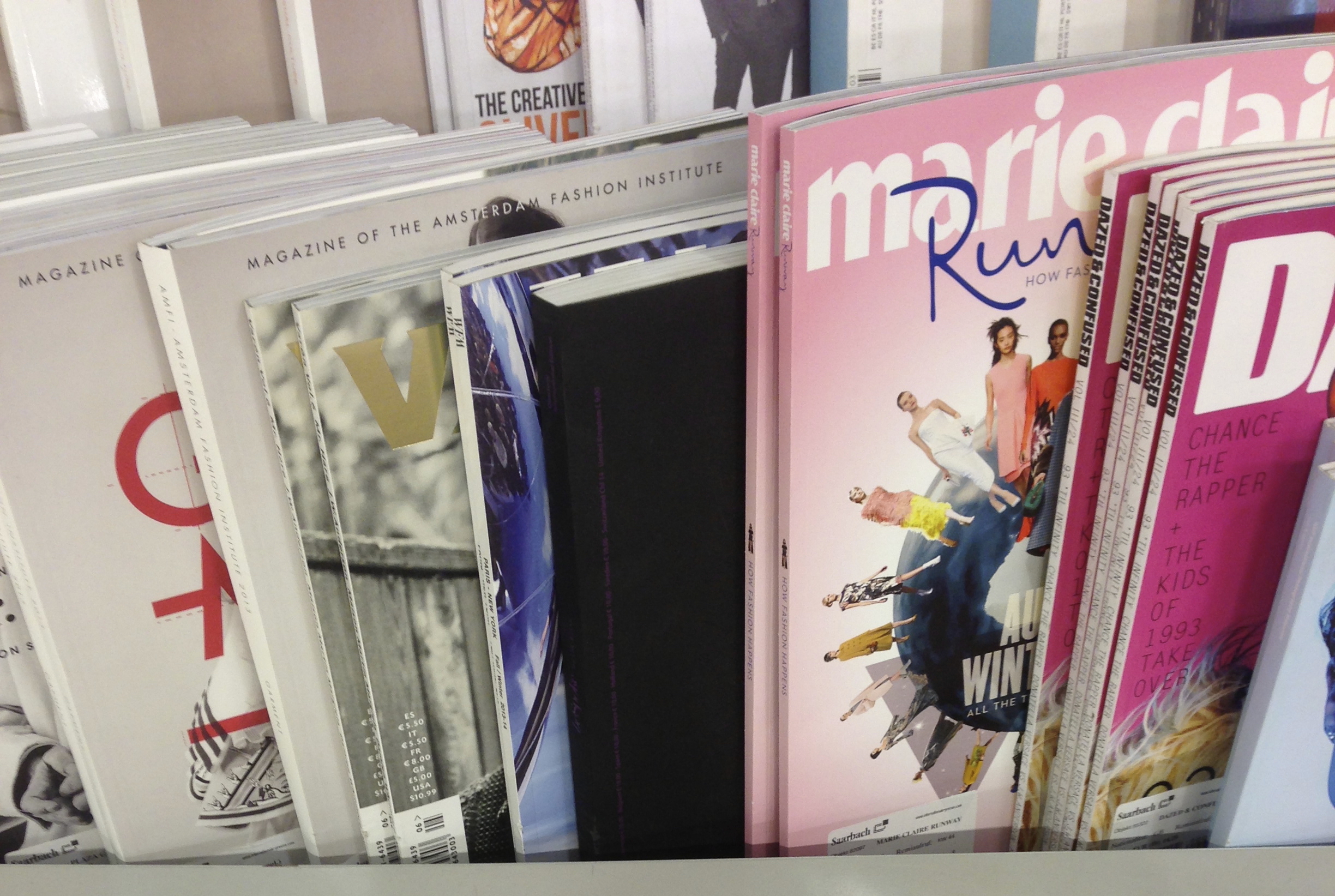
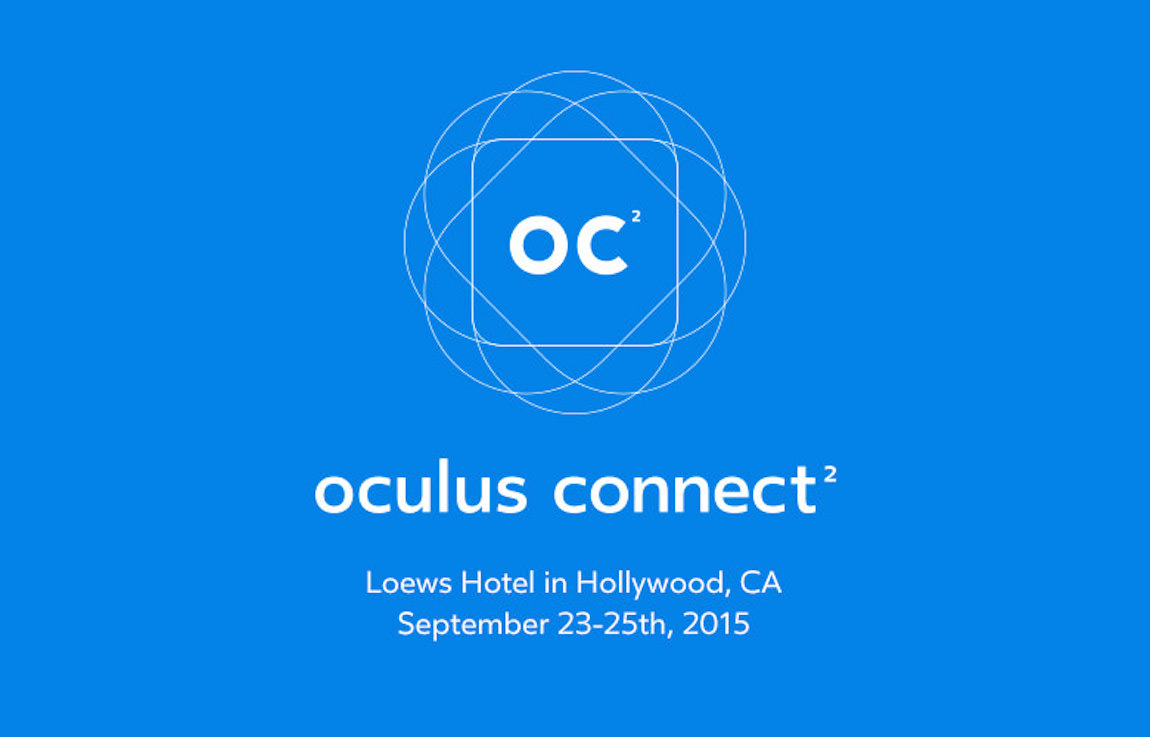
 Then, Oculus CEO Brendan Iribe, Samsung’s Peter Koo, and others from the Oculus team explained their roadmap for the next 12 months:
Then, Oculus CEO Brendan Iribe, Samsung’s Peter Koo, and others from the Oculus team explained their roadmap for the next 12 months:
